Buying Guide for the Best Car Code Readers
Choosing a car code reader can make diagnosing vehicle issues much easier and save you time and money at the mechanic. The right code reader helps you understand what’s going on with your car by reading error codes from the onboard computer. When picking a code reader, think about how you plan to use it—whether you just want to check basic engine codes or need more advanced features for deeper diagnostics. Understanding the key specifications will help you find a model that matches your needs and comfort level.CompatibilityCompatibility refers to whether the code reader works with your specific car make, model, and year. This is important because not all code readers support every vehicle, especially older or less common models. Some readers only work with cars made after a certain year (often 1996 and newer, which use OBD-II), while others support a wider range. To pick the right one, check your car’s year and make sure the reader lists it as supported. If you have multiple cars or plan to help friends, look for broader compatibility.
Type of Codes ReadThis spec tells you what kinds of diagnostic codes the reader can access. Basic readers only show engine codes (like the check engine light), while more advanced ones can read transmission, ABS, airbag, and other system codes. If you just want to turn off the check engine light or see why it’s on, a basic reader is enough. If you want to diagnose more complex problems or work on different car systems, choose a reader that covers more code types.
Display and InterfaceThe display and interface describe how you interact with the code reader and how information is shown. Some have simple screens with basic text, while others offer larger, color displays and easy-to-use menus. A clear, readable display makes it easier to understand codes and instructions, especially if you’re new to car diagnostics. If you prefer simplicity, a basic screen is fine, but if you want more details or easier navigation, look for a model with a better display and user-friendly buttons or touch controls.
Live Data and Freeze FrameLive data means the reader can show real-time information from your car’s sensors, while freeze frame captures a snapshot of data when a problem occurs. These features help you see what’s happening in your car as you drive or when a fault is detected. If you’re just checking codes, you might not need this, but if you want to monitor performance or troubleshoot tricky issues, these features are very helpful. Choose a reader with live data if you want deeper insight into your car’s operation.
Update and Software SupportThis refers to how the code reader stays current with new car models and diagnostic codes. Some readers can be updated via computer or app, while others cannot. Updates are important if you want your reader to work with newer cars or get the latest features. If you plan to keep your reader for a long time or use it on different vehicles, pick one that offers easy updates and good software support.
Connection TypeConnection type describes how the code reader connects to your car and how you access the information. Some readers plug directly into the car and have their own screen, while others use Bluetooth or Wi-Fi to connect to your smartphone or tablet. If you like using your phone and want more features, a wireless reader might be best. If you prefer a simple, all-in-one device, choose a wired reader with a built-in display.

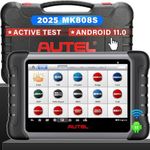
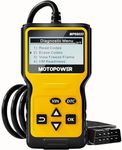

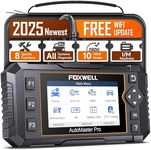


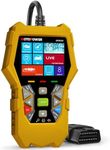
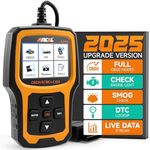

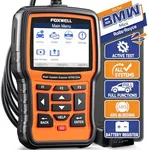

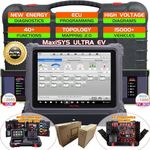
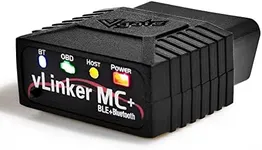
![LAUNCH CRP123 V2.0 Plus [2025 New Model] All System Scan Tool with 3 Reset Oil Service/Throttle Relearn/SAS Reset,OBD2 Scanner Diagnostic Tool,Lifetime F-Ree Update](https://images-proxy.bestreviews.guide/WOUU6FwW4c8Fmf9Y5STBd85e5bQ=/0x150/https://m.media-amazon.com/images/I/51GC0bWpTWL._AC_CX679_.jpg)
